Australia’s youth are becoming less proficient and less interested in maths, causing a serious decline in national maths standards.
Using 2003 results as a benchmark, the decline amounts to around a years’ worth of schooling.
PISA tests 15-year-old students in OECD countries on maths, science, and reading every three years.
“We are a developed, wealthy Western country with justifiably high aspirations for our students, so we must take notice of these results,” ACER deputy CEO Sue Thomson said.
The director of the Australian Mathematics Science Institute (AMSI), a national voice for maths in the country, noted that while Asian neighbours such as Taiwan and Hong Kong have maintained good results, it was a different story for Western countries, including Australia.
The Maths Problem
Marchant believes the most significant problem is the major shortfall of maths teachers in the country.The shortage means around 30 percent of young high school students are taught by teachers without formal training in maths.
“About 50 percent of principals report that maths teacher vacancies are the hardest to fill in secondary school,” Marchant said. “So because of that, there’s more out of field teachers, and those teachers will have less confidence in teaching maths, obviously.”
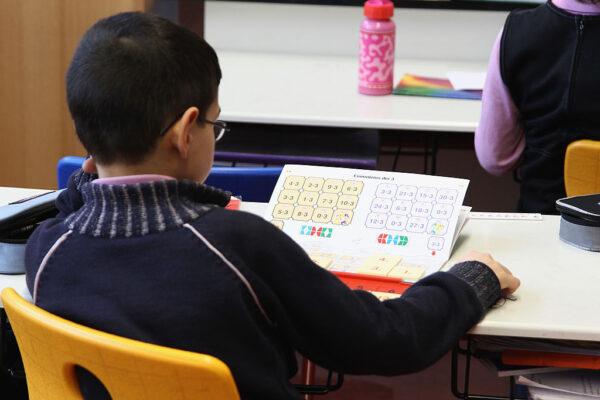
Another factor was due to the trend of parents and children placing less value on the subject.
“More kids in Year 8—about 50 percent—don’t like mathematics compared to other countries,” Marchant said, noting it leads to less participation in maths during senior high school years.
It said that in 1998, an estimated 47 percent of Australian Year 12 students studied intermediate or advanced maths. That figure has now fallen to around 30 percent.
Currently, around 12 percent of boys and 7 percent of girls choose to undertake advanced level maths in Year 12.
“These low levels are not an encouraging sign for Australia’s maths professions,” the authors David Barnes, Martin Mulcare, and Margarita Psaras wrote. “It is [also] disappointing that as many as 25 percent of Year 12 students in NSW are not studying any mathematics in Year 12.”
Mathematics is not compulsory for senior high school students in New South Wales, the Australian Capital Territory, and Victoria.
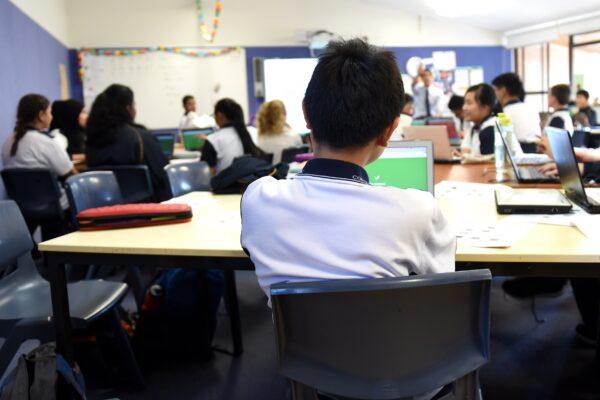
However, Marchant said the issue of making maths compulsory for Years 11 and 12 was complicated.
“We (AMSI) don’t necessarily think math should be compulsory in Year 11 and 12,” he said. “But we want to encourage school kids that are both talented at mathematics and interested in mathematics to keep going with it.”
Barnes, Mulcare, and Psaras said many students deliberately choose not to study higher maths because mastering the subject requires repeating the same types of questions and making a lot of mistakes, which can be frustrating.
Problem Solving Method
With the shortage of teachers highlighted as the leading issue, Marchant believes it is critical first to increase the number of qualified maths teachers if Australia wants to reverse the decline.He said an AMSI program focused on supporting maths teacher development in 20 low socio-economic schools had a large positive impact, especially for primary school teachers.
“Primary school teachers just do a general qualification. They’re not trained in math in any specific way, so they will not have a lot of confidence to teach maths,” Marchant said. “So we think it’s important that we start there at the beginning.”
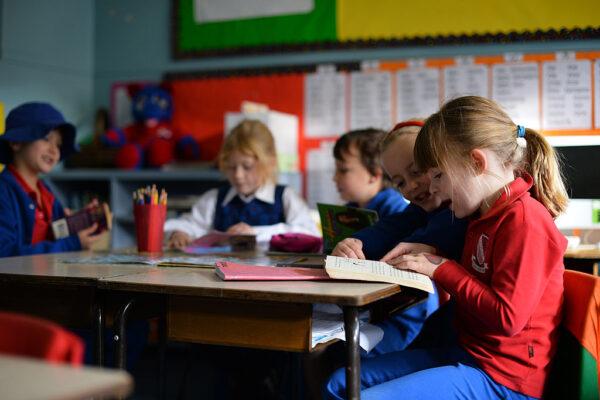
Formally retraining teachers in maths would also be valuable, and Marchant said Australia could follow Ireland’s successful retraining program.
Improving the curriculum during the 2021 national curriculum review could have been another piece of the puzzle to improving maths.
Pending Need for Numbers
Australia’s need for a competent domestic skilled workforce has been highlighted after COVID restrictions cut off the stream of skilled migration.Companies have reported they are struggling to find employees to work in data and analytics, financial maths, engineering, and many other fields.
The mining industry also previously said that it needed the “best and brightest students,” particularly in maths.
“It’s really important that we have our own domestic workforce fill all these jobs,” Marchant said.
He said if these problems are not solved, there would not be enough highly-skilled Australians to do the jobs, which will prompt high tech companies will move overseas.
“I think we need to encourage all groups in our society to participate fully in the opportunities because I think that will lead to the best outcome for the country,” Marchant said.
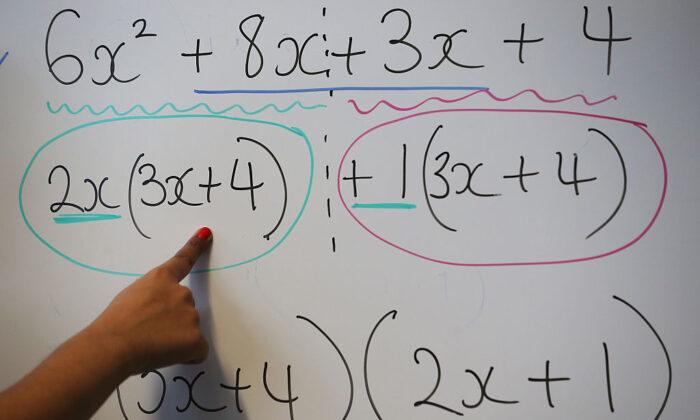


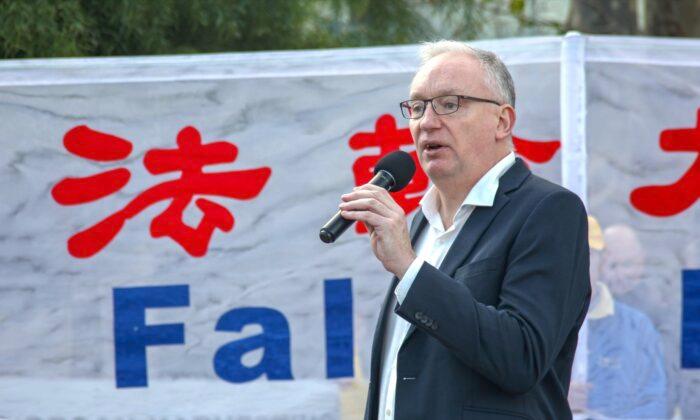

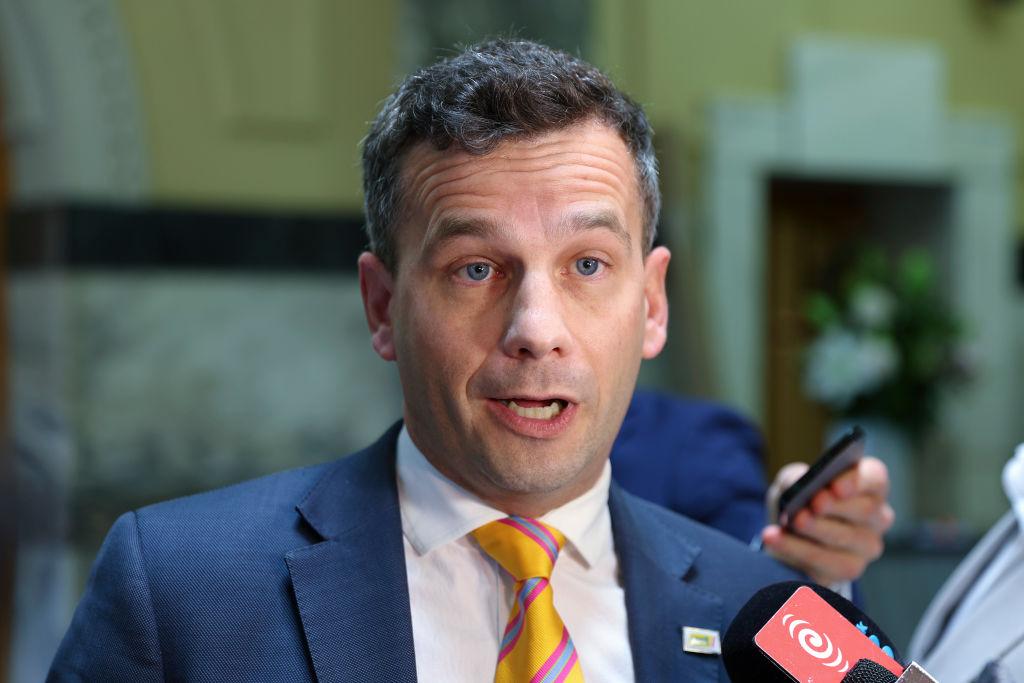
Friends Read Free